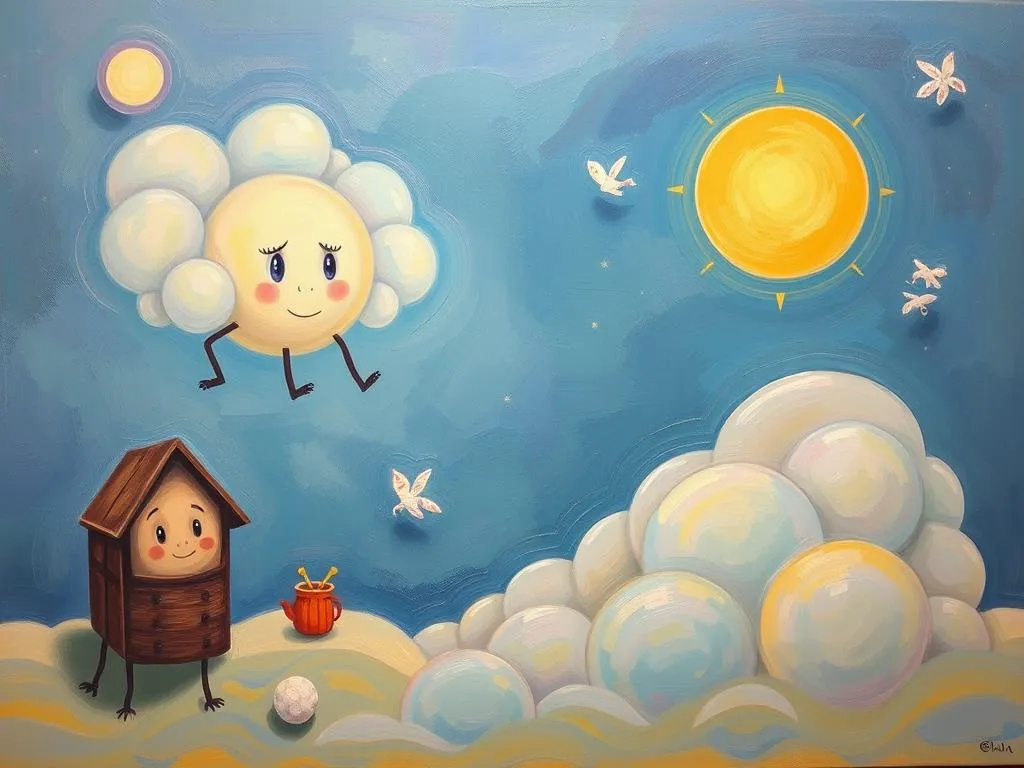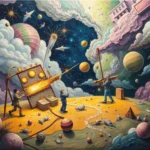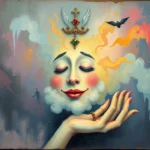
Dreams have long fascinated humanity, serving as a portal to our subconscious mind. From ancient civilizations attributing divine meaning to dreams, to modern psychology exploring their significance, the topic of dreams resonates with many. What remains particularly intriguing is the symbolism embedded within our dreams—those elusive images and themes that can carry profound meaning. Understanding dream symbolism is not merely an academic exercise; it can be a transformative journey that invites us to explore our inner worlds, emotions, and unresolved conflicts.
In this article, we will delve into the realm of unexplained dream symbolism, examining common symbols, variations of dreams, and how these dreams can connect to our waking lives.
Symbolism and Meaning
Dreams often present a tapestry of symbols, each rich with meaning. Common symbols like water, flying, and being chased frequently appear in our dreams, acting as metaphors for our emotional states and life experiences.
Water, for instance, is a prevalent symbol with diverse interpretations. It can represent the subconscious mind and emotions, reflecting the depths of our feelings. Calm waters might suggest tranquility and peace, while turbulent waters could indicate emotional turmoil or a sense of being overwhelmed. The context of the dream often dictates the specific interpretation; for example, dreaming of swimming may symbolize navigating through life’s challenges, while being submerged could indicate feeling trapped by emotions.
Another common symbol, flying, often evokes feelings of freedom and liberation. It can signify a desire to escape from life’s constraints or a wish to rise above challenges. However, flying can also indicate a sense of invulnerability or, conversely, a fear of falling. In this way, the emotion attached to the act of flying—whether it’s exhilaration or anxiety—shapes its meaning.
Being chased, on the other hand, is a symbol often associated with anxiety or avoidance. It represents something in life that we are trying to escape from—be it fears, responsibilities, or unresolved issues. The identity of the pursuer can also be significant; a familiar figure may point to personal conflicts, while an unknown entity might symbolize generalized anxiety or an unacknowledged aspect of ourselves.
Examining these symbols from various perspectives can enrich our understanding. For example, while one person may interpret flying as a sign of success and ambition, another might see it as a fear of losing control. This duality emphasizes the importance of personal context, life experiences, and emotional states in dream interpretation.
Key Scenarios and Variations
The context of a dream can dramatically alter its interpretation. Consider the various scenarios that may arise within a dream, each presenting unique insights into our psyche.
For instance, dreaming about losing teeth is a frequent occurrence that can have multiple meanings. For some, it may represent feelings of insecurity or aging, while for others, it could reflect concerns about communication or self-image. The act of losing teeth can also symbolize a fear of powerlessness or loss of control. If the dreamer is actively pulling out their teeth, it might suggest a desire to take control over their circumstances, whereas losing them unexpectedly could indicate feelings of helplessness.
Another scenario involves dreams of being late or missing an important event. This can signify anxiety about performance or a fear of failure. However, if the dreamer is late due to external factors—like traffic or unforeseen circumstances—it may indicate feelings of frustration about situations beyond their control. The emotions felt during the dream, such as panic or resignation, can further clarify the underlying message of the dream.
In contrast, a dream about being in an unfamiliar place can evoke feelings of confusion or exploration. It may symbolize a journey of self-discovery, urging the dreamer to venture into new territories of their life. The feelings associated with this scenario play a crucial role; a sense of wonder may suggest openness to change, while feelings of fear could indicate anxiety about the unknown.
Another common scenario is being naked in public. This dream often relates to feelings of vulnerability or exposure. It can represent a fear of being judged or inadequacy in social situations. However, if the dreamer feels empowered or liberated in this state, it may indicate a desire for authenticity and self-acceptance. Thus, the emotional response to the situation is key to interpreting its true meaning.
In exploring these variations, it becomes clear that the nuances of each scenario can lead to vastly different interpretations. Personal experiences, emotional landscapes, and even cultural backgrounds can enrich our understanding of these dreams, reminding us that no two dreamers interpret their dreams in the same way.
Real-Life Connections and Takeaways
Understanding dream symbolism provides a powerful tool for self-reflection and personal growth. By examining the connections between our dreams and real-life situations, we can gain valuable insights into our emotional states, relationships, and unresolved conflicts.
For instance, if you frequently dream about being chased, consider what aspects of your life you might be avoiding. Are there unresolved issues or responsibilities that you feel compelled to escape from? Reflecting on these questions can help you confront fears and develop strategies to address them, ultimately leading to a greater sense of empowerment.
Similarly, if you experience dreams of flying, take a moment to evaluate your current life circumstances. Are you feeling liberated and in control, or are you grappling with anxiety and fear of failure? Recognizing the emotions tied to these dreams can illuminate areas of your life that require attention or adjustment.
Engaging in daily journaling about your dreams can also foster deeper understanding. Write down your dreams upon waking, noting the symbols, emotions, and scenarios you experienced. Over time, patterns may emerge that reveal recurring themes or unresolved issues in your waking life. This practice not only enhances dream recall but also creates a space for introspection and exploration.
Consider integrating mindfulness techniques into your routine. Meditation and self-reflection can enhance your awareness of your thoughts and feelings, creating a fertile ground for understanding your dreams. This heightened awareness can lead to insights that bridge the gap between your dreams and waking life, enabling you to approach challenges with a renewed perspective.
Moreover, engaging in conversations with trusted friends or a therapist can provide external perspectives on your dreams. Discussing your dreams and their interpretations can help you uncover blind spots and gain clarity on your emotional landscape.
As you reflect on your unexplained dream symbolism, remember that dreams are deeply personal and can serve as a mirror reflecting your innermost thoughts and feelings. Each dream offers an opportunity for exploration and self-discovery, and the insights gleaned can empower you to navigate your waking life with greater clarity and intention.
In conclusion, the realm of unexplained dream symbolism invites us to venture into the depths of our subconscious. By examining common symbols, variations in dream scenarios, and the connections to our waking lives, we can unlock profound insights that illuminate our emotional landscapes. The journey into our dreams is not just about deciphering symbols; it’s an invitation to engage with ourselves more fully, fostering a deeper understanding of our desires, fears, and aspirations. As you continue to explore your dreams, may you find clarity, empowerment, and a renewed sense of self on your journey of self-discovery.







